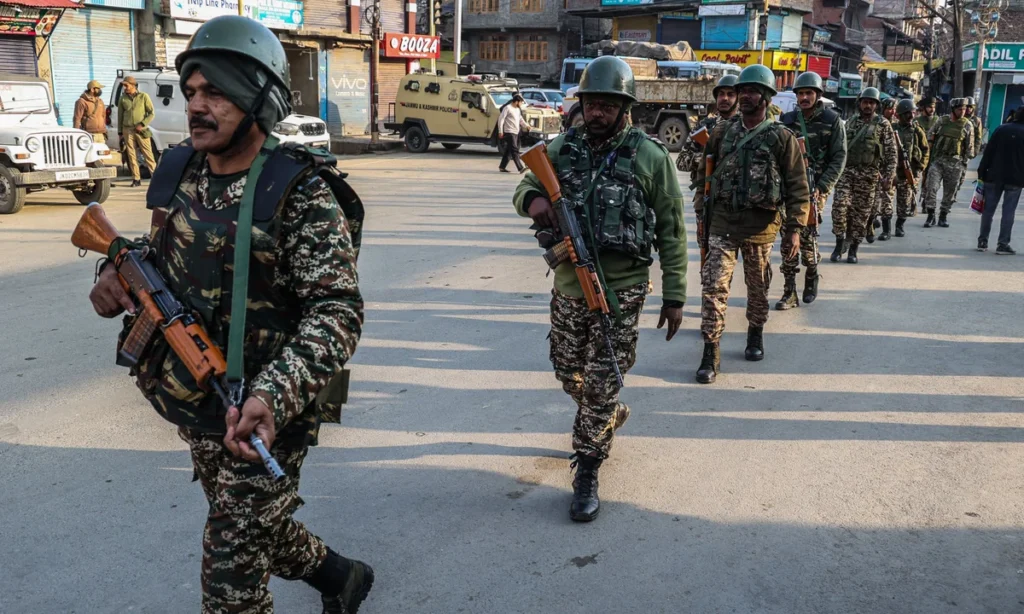Tensions between India and Pakistan have reached new heights, with both nations accusing each other of launching missile and drone attacks. This escalation comes after a series of military standoffs and cross-border exchanges that have heightened the risk of a full-scale war in South Asia.
What Happened?
The recent conflict began when India launched a series of drone attacks on military sites in Pakistan-administered Kashmir in response to an attack on Indian forces. Pakistan has since retaliated with its own missile strikes, claiming to have shot down several Indian drones and missiles. Both nations have increased military readiness, and airspace has been closed off in certain areas. The fighting is primarily concentrated near the border areas, but the impact is being felt throughout the region.

How Does This Affect People in the Region?
The ongoing violence is devastating for civilians, especially those living in Kashmir, which is often described as the most militarized zone in the world. Families have been displaced, homes destroyed, and critical infrastructure damaged. Electricity, water supplies, and health services are becoming increasingly scarce, leaving many in dire conditions. Women and children are particularly vulnerable in such situations.
How Does This Impact Girls and Women?
In conflict zones like Kashmir, girls and women face an increased risk of gender-based violence. The escalation of violence disrupts education, making it harder for young girls to attend school. Women are often left to care for children amidst the chaos, facing increased levels of stress, violence, and mental health strain. Economic instability means fewer opportunities for women to work, leading to further financial insecurity.
In addition to physical dangers, there are significant barriers to accessing healthcare and reproductive services, which disproportionately affect women. The uncertainty and instability caused by military conflicts like this create a perfect storm for those already marginalized by gender inequality. As tensions rise, the future of many women and girls in the region is at serious risk.

What Can Be Done?
While the political leaders of India and Pakistan must find a way to de-escalate the situation, it is crucial for global organizations and human rights advocates to focus on protecting the rights of women and children in the region. International peace-building efforts and humanitarian assistance are essential to ensure that women and girls can rebuild their lives and regain access to education, healthcare, and safety.
As the world watches the situation unfold, it’s clear that the human cost of this conflict is being borne heavily by those who are already the most vulnerable. The impact on women and girls cannot be ignored, and it’s crucial that gender-sensitive approaches are part of the broader peace efforts in South Asia.



